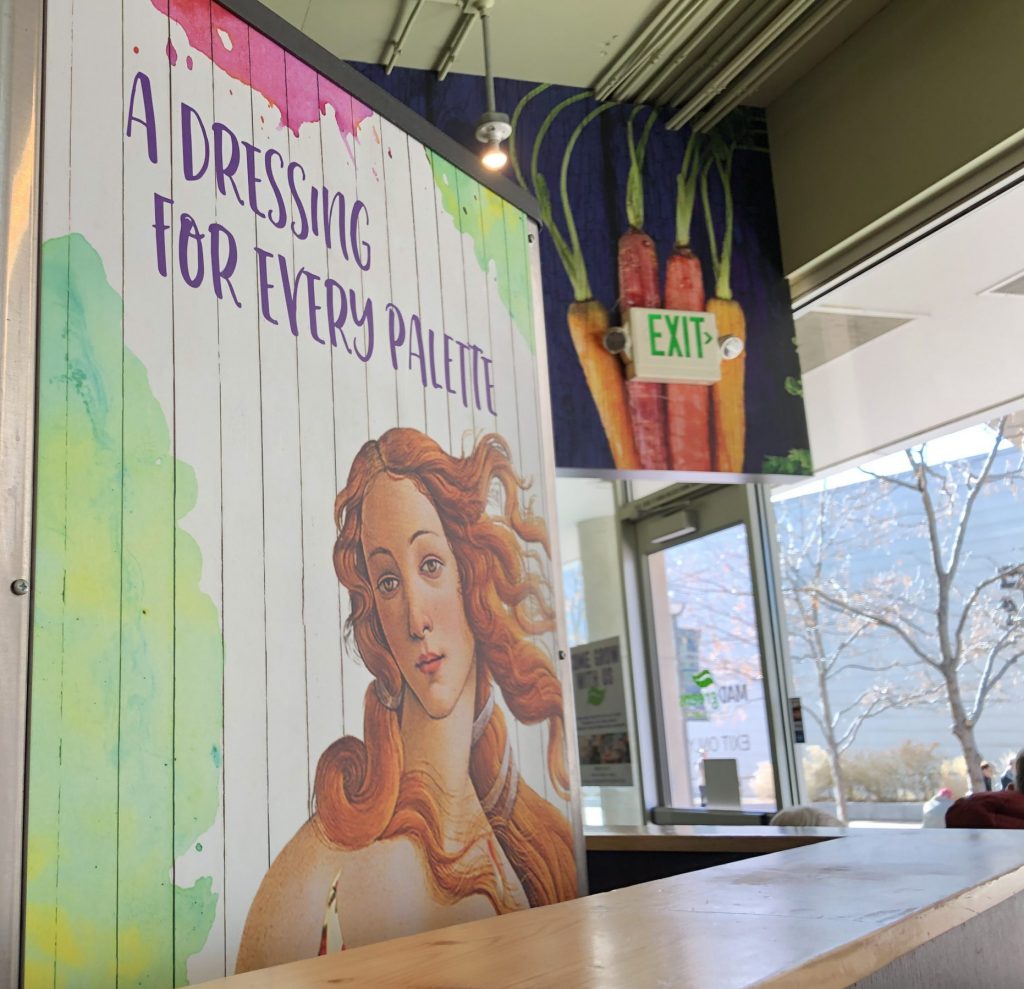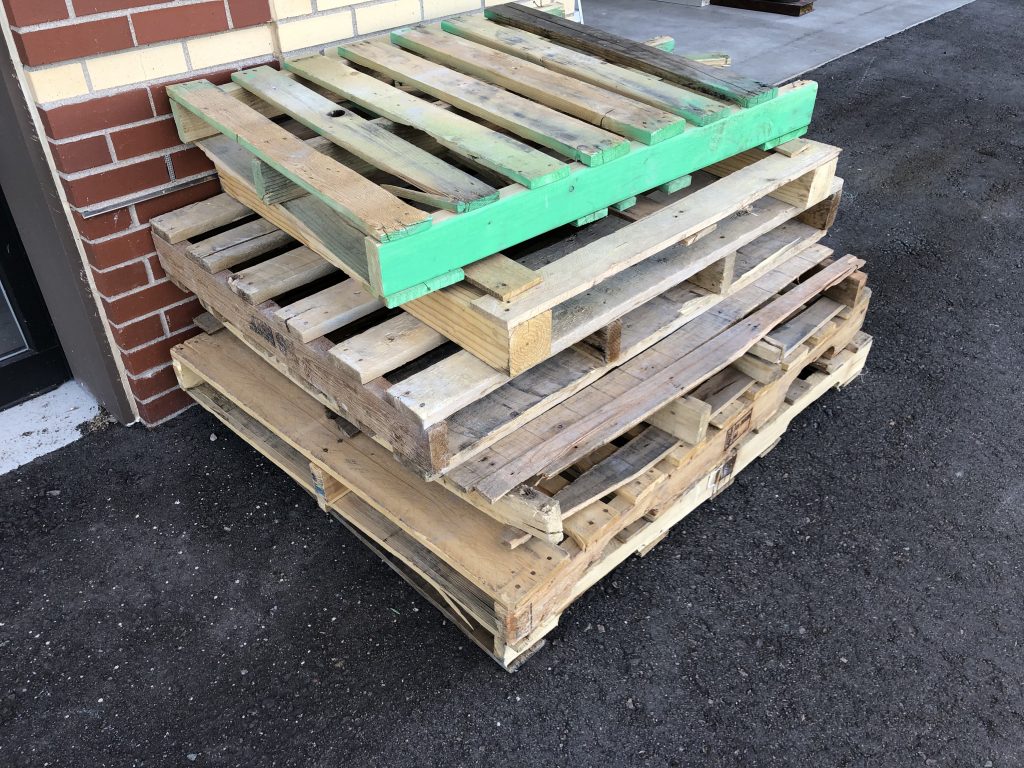“Mine is a long and sad tale!” said the Mouse, turning to Alice and sighing. “It is a long tail, certainly,” said Alice, looking down with wonder at the Mouse’s tail. “But why do you call it sad?” And she kept puzzling about it while the Mouse was speaking.—Lewis Carroll, Alice’s Adventures In Wonderland
Homophones are groups of words that sound alike, but have different meanings. Among the 400 or more common homophones in the English language are to, too, and two; their and there; seen and scene; cite and site; and write, right and rite. Writers sometimes use homophones to their advantage, especially when making puns. On the other hand, these tricky words can be extremely vexing for non-native speakers trying to learn a new language.
Farsi is the first language of my friend and colleague Mariam Nouri, who thinks everyone finds homophones vexing. She opened my eyes to a poem that makes the point: “Candidate for a Pullet Surprise” by Mark Eckman and Jerrold H. Zar.
One of the larger and more easily confused groups of homophones is palette, palate, pallet, and pallette.

- For years, the Denver Art Museum housed a restaurant called Palettes, which is also the word for the oval or rectangular surface where painters mix their pigments. Palette (one l, two ts) can also refer to the set of colors put on the surface, which are analogous to an array of mood-setting words a writer may list before starting writing. I consulted a dictionary when I wrote my 2019 post, “Incubate, Focus, Write, Revise,” to make sure I was using the right spelling.

- Diners who ate (whether at 8 or some other time) in the restaurant satisfied their palates (one l, one t) in the museum and restaurant. That word refers to the roof of the mouth, as well as either intellectual or sensory taste.

- Merriam-Webster provides two entries with different derivations for pallet (two ls, one t, no e). Definitions that go with the Middle French origin include a platform for (not four or fore) cargo, as well as a machine part. The one (not won) with Middle English roots can refer to a “straw-filled tick or mattress.”
- A pallette (two ls, two ts) is one of the plates at the armpits in a suit of armor, which is something I’ve seen on display at the Denver Art Museum. My automatic spellchecker apparently doesn’t recognize this as a word and instead identifies it as a misspelling.
When I took a photo of a stack of pallets (in the Middle French sense, not cents), a bystander commented you can do lots of things with them, especially if you’re a Pinterest fan, as ideas abound on that platform. That helped me with the challenge of writing a single sentence using all the words in this group. Here it is:
Having gotten out of my pallette (after a long day of jousting) and satisfied my palate, I lay on my pallet with Middle English roots, dreaming of the best palette for my newly acquired old pallet with Middle French origins.
If I (not eye) used any one or two of these words on a regular basis, I’d memorize the correct spelling or keep it handy for easy reference (maybe in my phone under “Denver Art Museum”). But since I seldom use them, I’ll keep my dictionary handy so I can look them up as needed.
My guest editor for this post was Vicky Tangi, who teaches English as a Second Language to adults and whose writing has been appeared in Louisiana Literature, the Journal of College Writing, The Advocate and numerous literary anthologies.
If you’d like help with a writing, editing or content project, I’d love to talk to you. Please contact me.